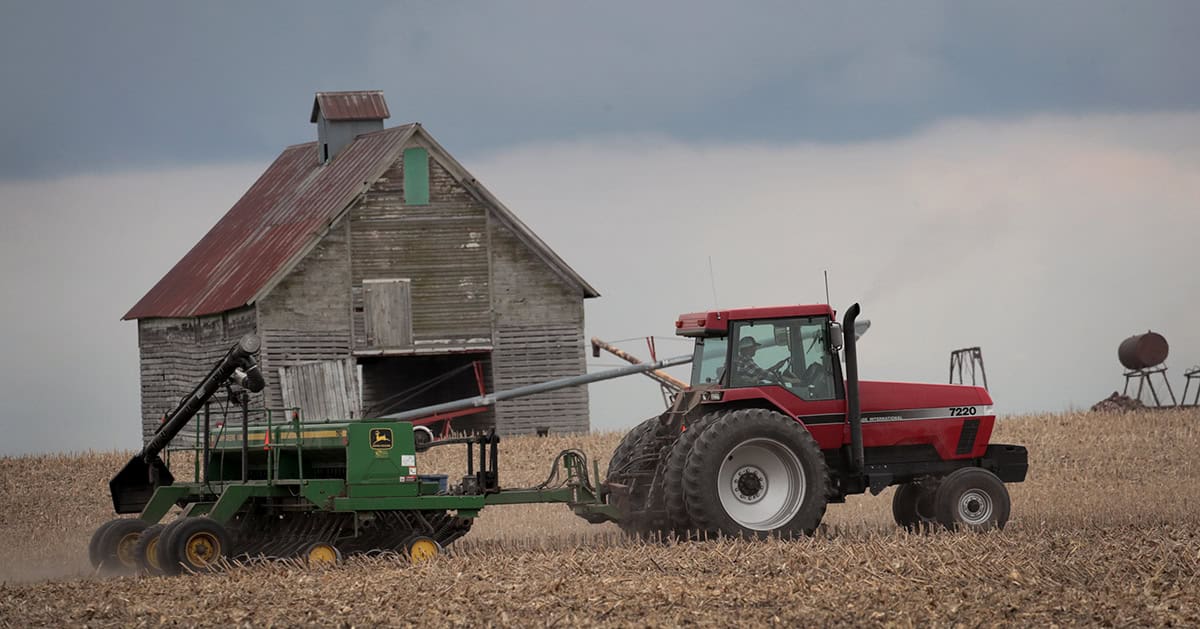9 Facts About Social Security and the Need to Strengthen It
Last Updated August 20, 2024
Social Security is an essential program for millions of Americans and helps support individuals in retirement and those with disabilities. However, Social Security’s retirement program is at risk — if lawmakers fail to take action, the Old-Age and Survivor’s Insurance (OASI) Trust Fund could be depleted in just 9 years. Below are 9 key facts about Social Security’s retirement program, why it’s in financial trouble, and what we can do to strengthen it for the long run.
1. Social Security retirement benefits provide vital economic security to vulnerable older Americans.
Many low-income seniors rely on Social Security retirement benefits for most of their annual income, according to the Social Security Administration. In fact, the bottom 40 percent of lifetime earners will receive over 80 percent of their retirement income through the program. In 2022, 10 percent of adults age 65 or older had income below the poverty line; without Social Security, about four times as many people (22 million) would fall below the poverty line.
2. America is getting older, and that’s straining the system. Social Security was designed as a “pay-as-you-go” system, with current employers and employees funding the programs, providing benefits to Social Security recipients. However, the nation’s changing demographics have caused the number of workers relative to the number of retirement beneficiaries to decline — slipping from 4.3 to 3.1 over the past 60 years. The ongoing retirement of the Baby Boomer generation will exacerbate that trend.
3. Social Security’s asset reserves are at risk of depletion in the next decade. Cash flows for the Social Security retirement program flow through the OASI Trust Fund, which pays benefits to retired workers and their auxiliary beneficiaries as well as to survivors of deceased insured workers. According to the Social Security Trustees, the OASI Trust Fund will be unable to pay full benefits starting in 2033 (Social Security’s trust fund dedicated to disability insurance is projected to be able to pay full benefits through the 75-year projection period).
4. Doing nothing means an automatic cut to benefits. The Social Security Trustees reported that the retirement program faces serious financial shortfalls. In fact, if lawmakers fail to act by 2033, payments to beneficiaries would automatically be set equal to the program’s incoming revenues — meaning there would be an automatic 21 percent benefit cut to 70 million OASI retirement beneficiaries.
5. Social Security accounted for 22 percent of the federal budget in 2023. Spending on Social Security, which includes the program’s outlays on non-retirement benefits, totaled $1.3 trillion in 2023, making it the single largest component of federal spending.
6. Most of the OASI Trust Fund’s income comes from payroll taxes. Employers and employees each pay 6.2 percent of wages to fund Social Security; of that amount, 5.3 percent is dedicated to fund the OASI Trust Fund (the remaining amount is allocated to the DI Trust Fund). Earnings subject to the tax are capped at $168,600 in 2024. In 2023, the latest year for which full-year data are available, 90 percent of OASI receipts came from that dedicated payroll tax. The remaining 9 percent of the program’s income came from interest earnings and the taxation of benefits for higher-income beneficiaries.
7. Every year, the OASI Trust Fund pays out more than it takes in. Primarily due to an aging population and revenues that haven’t been able to keep pace with expenses, the OASI Trust Fund has been incurring an annual deficit since 2010. In 2023, OASI spent $134 billion more than it brought in, and that gap is expected to widen to $445 billion in 2034. In total, the OASI Trust Fund is projected to incur cash deficits of $3.4 trillion over the next decade.
8. Younger generations would face the largest reductions in benefits if Social Security is depleted. Americans born in the 1970s, 80s, and 90s stand to have their lifetime benefits reduced by 25 percent or more, while those born in the 1950s and 60s would see their benefits decreased by 9 and 19 percent, respectively.
9. The sooner lawmakers act, the better — and there are many well-known solutions. The OASI Trust Find is just 9 years away from depletion — the closest it has ever been to exhaustion since reforms in 1983. While policymakers still have time to correct the imbalance between the program’s spending and revenues, delaying reforms comes at a cost. The longer policymakers wait to take action, the more tax increases or benefit reductions will be needed to stabilize the program.
Social Security provides a safety net for tens of millions of Americans, many of whom are among the country's most vulnerable. With the depletion of the OASI Trust Fund just 9 years away, now is the time for lawmakers to address the imbalance of spending and revenues driving the yearly shortfalls. Numerous options are available, and the quicker reforms are enacted, the easier the burden will be.
Image credit: Photo by Andriy Onufriyenko / Getty Images
Further Reading
What Is the Farm Bill, and Why Does It Matter for the Federal Budget?
The Farm Bill provides an opportunity for policymakers to comprehensively address agricultural, food, conservation, and other issues.
Social Security Reform: Options to Raise Revenues
Here are the pros and cons for three approaches to increasing funds dedicated to Social Security.
Lawmakers are Running Out of Time to Fix Social Security
Without reform, the combined Social Security trust funds will be depleted in 2035.


